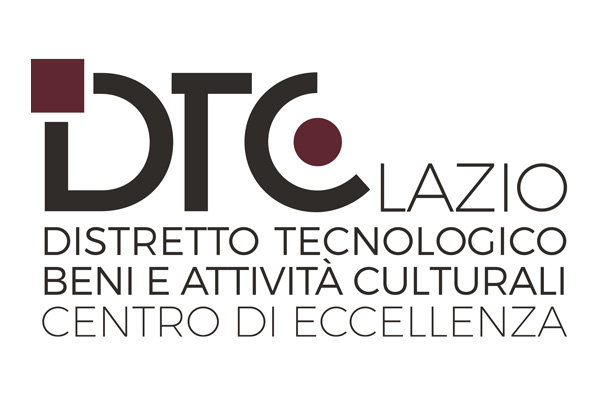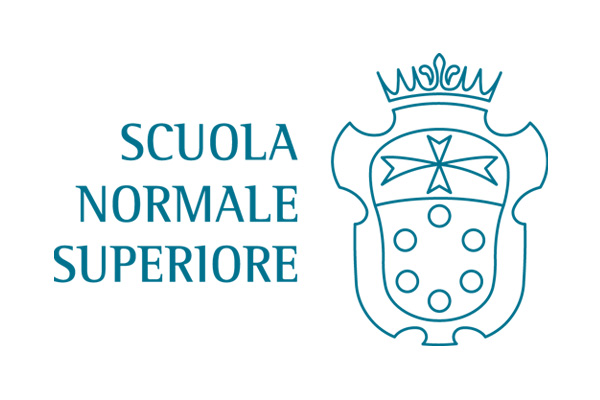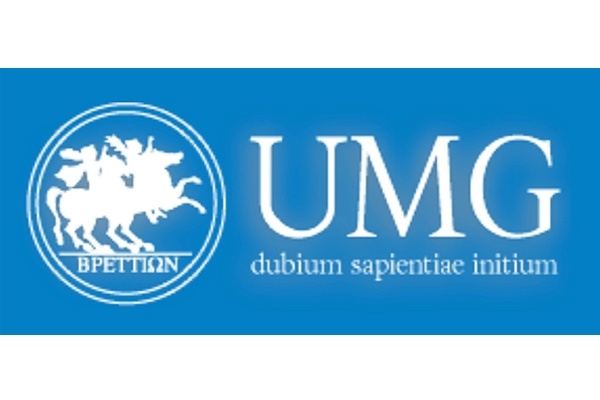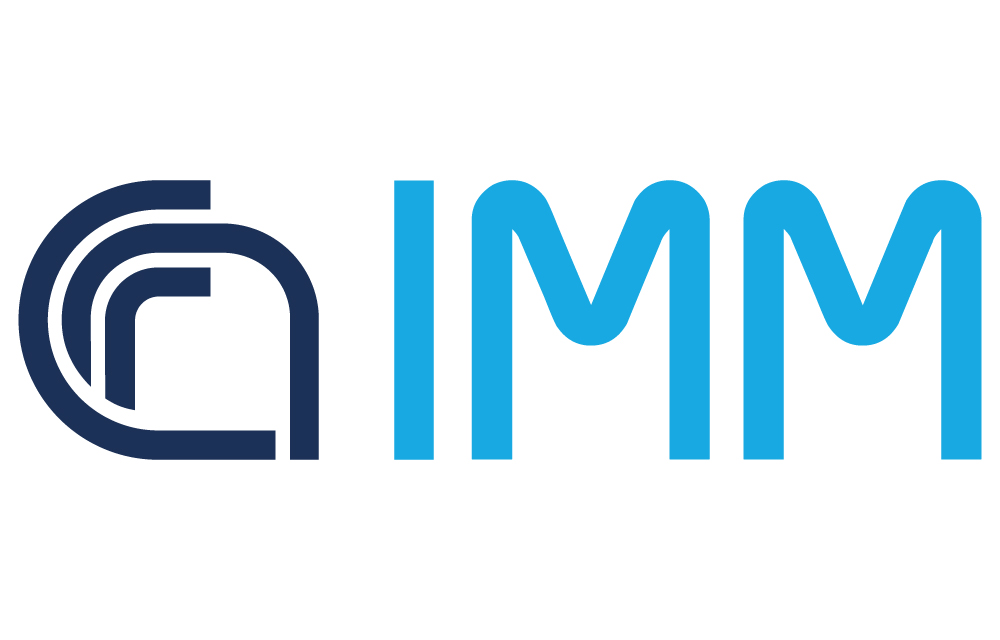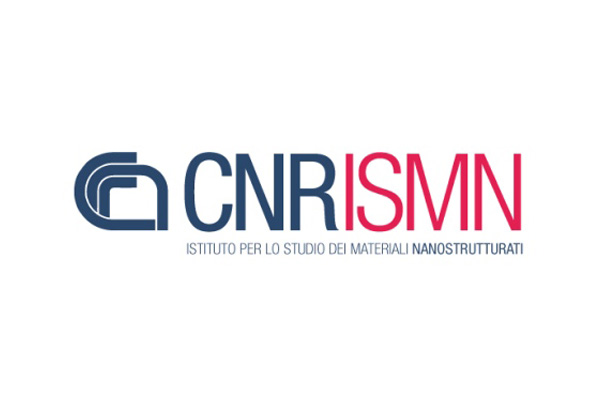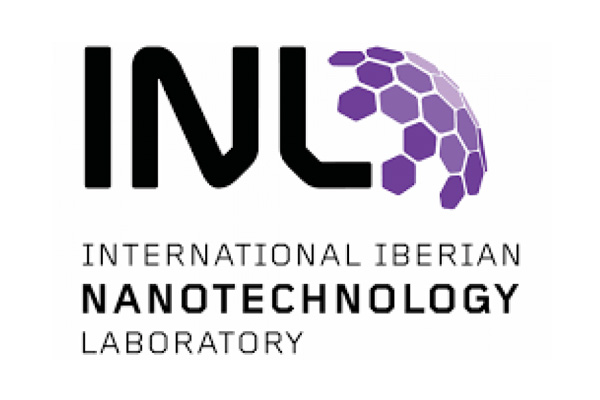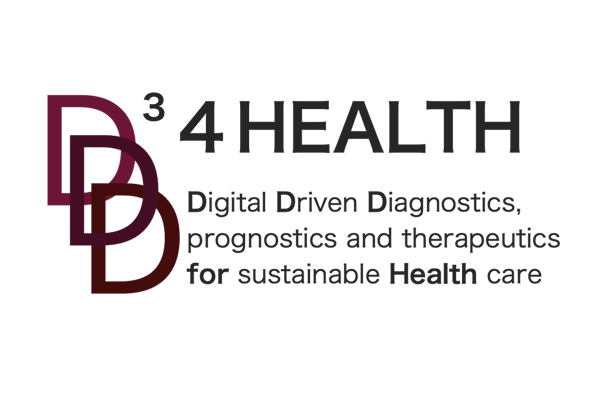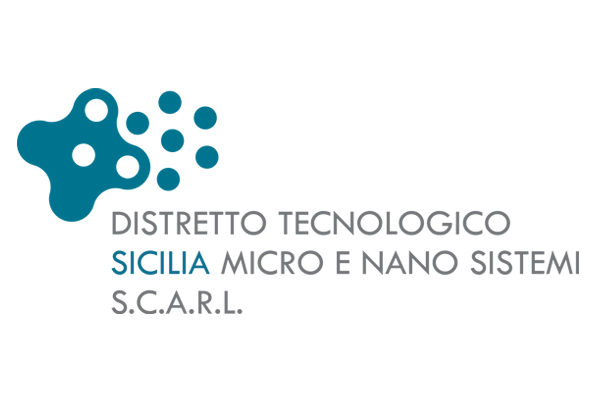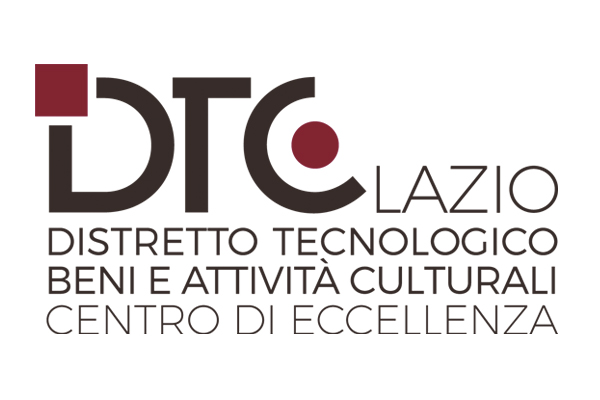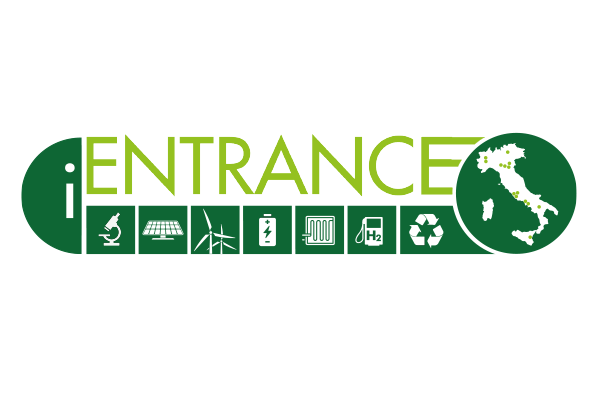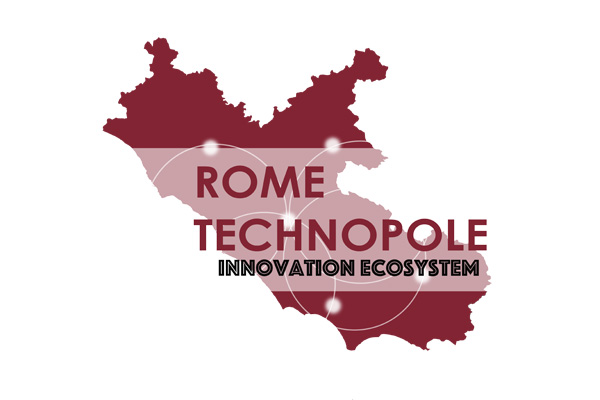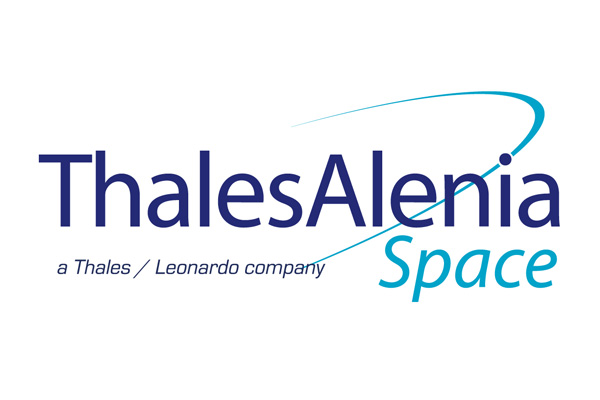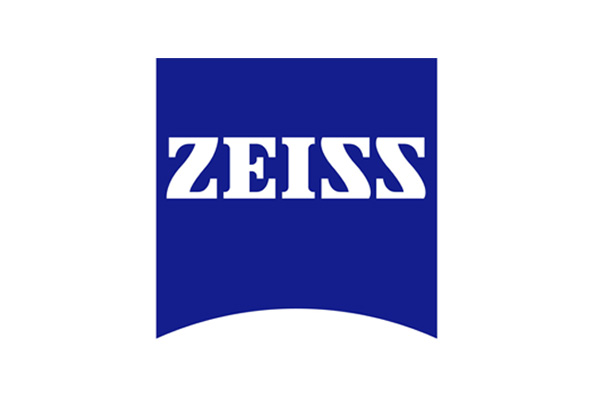| 12 Sept. | 14:00 - 15:30 | |||
 |
|||||||
| ENERGY & ENVIRONMENT | |||||||
| TT.VII - Technical Multi-Track with Parallel SYMPOSIA | |||||||
| Materials and Approaches for Solar-Driven water splitting for Hydrogen Production: Perovskites and New Organic Compounds | |||||||
| Co-organized with ENEA Chair: Vera LA FERRARA, ENEA |
|||||||
| Advancements in sustainable energy technologies have boosted research on hydrogen production through water photoelectrolysis, which is a promising technique for storing solar energy in chemical bonds. Currently, hydrogen production via water splitting is primarily conducted using two methods: the indirect PV-EC method, which utilizes electricity generated from photovoltaic (PV) plants to power electrochemical (EC) reactions that generate hydrogen, and the direct method, which uses photoelectrochemical (PEC) water splitting to directly convert solar energy into hydrogen and oxygen without the need for an external power supply. This direct transformation offers a viable alternative to PV-EC devices, as it integrates light absorption and photocatalysis into a single device, the photoelectrode. Current research is focused on semiconductor oxides, such as TiO2, Fe2O3, WO3, and BiVO4, with the aim of improving their efficiency through doping and morphology control. These materials often exhibit non-ideal charge-transport properties and misaligned bandgaps, which hinder optimal solar light absorption and conversion. In this context, new organic materials and hybrid materials, such as metal halide perovskite, are emerging as promising candidates for photoelectrodes. Perovskites, on the other hand, have exceptional optoelectronic properties, including high light absorption capacity, efficient charge carrier mobility, and tunable energy bandgaps. The integration of perovskites with catalyst materials aims to enhance the synergy between light absorption and catalytic activity, thereby increasing the water-splitting efficiency. An alternative to hydrogen production through photoelectrolysis is photocatalytic water splitting, which directly uses sunlight, water, and a photocatalyst. In this section, we will explore the significant challenges of photoelectrolysis and photocatalysis for hydrogen production and discuss strategies and integration with emerging materials, such as perovskites and other organic/inorganic materials, aiming to further enhance the efficiency and sustainability of the process. | |||||||
| The symposium is part of the WS.IX |
|||||||
| TT.VII.G.1 WS.IX.7.1 |
Vera LA FERRARA - CV ENEA Introduction |
 |
|||||
| TT.VII.G.2 WS.IX.7.2 |
Lorenzo ZANI - CV CNR-ICCOM Development of New Organic Compounds for Dye-Sensitized Photocatalytic and Photoelectrochemical Hydrogen Production |
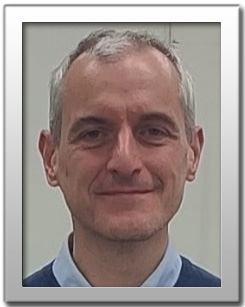 |
|||||
| TT.VII.G.3 WS.IX.7.3 |
Lorenzo MALAVASI - CV University of Pavia Metal halide perovskites and perovskite derivatives for photocatalytic solar fuel production: from design to application |
 |
|||||
| TT.VII.G.4 WS.IX.7.4 |
Silvia COLELLA - CV CNR-NANOTEC Tailoring the perovskite interface for photocatalytic applications |
 |
|||||
| TT.VII.G.5 WS.IX.7.5 |
Jessica BARICHELLO - CV ISM-CNR Encapsulation and Stability of Perovskite solar cells for Underwater applications |
 |
|||||
| Back to Fields & Topics | Back to Plan 12 September | ||


